Have you ever found yourself in a conundrum where your decisions in games feel too easy, that there aren’t enough actual challenging encounters or ramifications for your actions? Well, maybe the answer has been right in front of you this entire time and you just didn’t realise it. Much like how the world of demons has been ever present in the world of Shin Megami Tensei, a game rife with challenges and ordeals awaits. Only the bravest may dare enter its realm, and only the strongest can survive. Shin Megami Tensei V is the latest in a long line of hardcore RPGs, but does it have the will to live up to series heritage? Or will it perish amongst the many who’ve tried along the way?

Shin Megami Tensei V
Nintendo Switch
Developed by Atlus
Published by Nintendo
Released: 12th November 2021
Digital copy provided by Nintendo UK
Shin Megami Tensei V is not your typical JRPG, filled to the brim with eccentrically dark themes and macabre undertones, unlike the norm of peppy, anime inspired titles that flood the market. It may seem punishing to a seemingly unfathomable degree, yet with smart play you can be the one dealing the punishment making for a truly even playing field. Though, you may find it seems unfair when you get comboed to death for even the slightest mis-play. Every action has its rewards and its consequences, weighing your decisions from start to finish.
The game starts off with a high school boy dealing with the mundanities of life, yet something is already amiss with word of a series of unexplained, gruesome murders. Having been blocked off on the way to the school dorms by such an incident, it isn’t long before you’re abruptly thrust into the apocalyptic world of Da’at. As it turns out, 20 years have passed in the blink of an eye and you’re now threatened by demons who really want you dead. Thankfully, a being known as Aogami joins your side and offers to merge with you to become a powerful entity known as a Nahobino.
Now that you can fight against the demons, you must figure out exactly what happened to cause the world as you knew it to end, as well as find out if there is a way to bring things back to the way they were. The alignment system of Shin Megami Tensei’s past is still present here, having you select between Order, Chaos or a Neutral stance which all affect the outcomes of the story. Much like many other facets of the series, your actions all have different outcomes, benefits and consequences. The world of the divine and demonic lies before you, your choices will have great impact from here on.

Thematically, Shin Megami Tensei V (as well as the Megami Tensei series as a whole) takes a large number of influences from a variety of ancient mythologies and religions to forge a vast realm of demons. Primary elements take the form of Hebrew and Gnostic references, though many aspects of other mythologies, such as Egyptian or Greek, are also present. It can often be the case where you recognise a demon’s inspirations with appreciation, or find yourself curious about something you aren’t aware of, leading to a deep rabbit hole of mythological discovery.
The overworld is where you’ll spend most of your time. Large expanses lay before you with many twists and turns along the way. While your objective is always marked on the map, you are free to explore as you please, with many hidden secrets scattered around. At various points you are blocked from going to new areas by giant, red pulsating masses known as Abscesses. When approached, they will spawn demons that can’t be talked to, so it’s critical to cull the Abscess quickly. Moving into close proximity will spawn a unique powerful demon encounter, acting as sub-bosses, which once defeated will make the Abscess wither and allow you to continue exploring.
Across the lands spread before you are orbs of Magatsuhi, which upon being collected will give you a little HP, MP or Magatsuhi gauge replenishment (again, more on that later). These are spread about the world like breadcrumbs, guiding you along many different paths and ultimately encouraging further exploration. There are dozens of alternate routes to take, each with their own rewards beyond them, so it’s always worth your while to explore to your heart’s content.
Every now and then you will find leyline founts dotted across the place, a point where you can save your game, heal up and also peruse the wares put up for sale by the otherworldly merchant Gustave. Gustave also has you in search of creatures known as Miman, which have got lost while tasked with finding old human relics, or just forgot to look entirely. Locating the Miman will gradually net your rewards from Gustave relative to the number you’ve found, and each one found will grant you some Glory (more on that later).

Various sidequests are also spread about for you to uncover and take on, much like any other RPG, completing them nets you various rewards and a healthy dose of experience that is always welcome. However, one thing that sets them apart from many other sidequests are branching paths set to the alignment system the main story offers, meaning alternate quests and outcomes can occur for certain quests. Choosing where your personal ethics lie with these quests will determine not only your rewards, but also closes off another quest in the process. I told you that your actions have a great impact on how things unfold, I wasn’t lying.
Battle follows the usual selection of turn-based actions seen in many other RPGs, though Shin Megami Tensei is not one to go with the norm. There are several actions that can be taken that distinguish themselves from the rest of the crop; the Press Turn system and talking to demons. Press Turn will happen automatically when you hit an enemy weakness or strike a critical hit, this will allow for additional actions to be taken, setting you up for various attack combos to really dish out the damage. So just keep on taking advantage of Press Turn to win, right? Well, you can actually lose turns instead if an attack misses or gets blocked, so even then you can never be too careful. Take note of if an enemy boosted evasion or defence and plan accordingly.
Talking, however, is actually how you obtain new party members, as you are otherwise alone with nobody to assist you. By engaging in conversation with a demon, you have the opportunity to convince it to join your cause. This will often boil down to them asking you questions with multiple choice answers, or requesting you cough up an item, money or even some of your HP. You can, of course, reject their requests, which is sometimes the right play, as you never know when a demon might try to pull a fast one and run off with your offerings. Each demon has different preferences, so keep an eye out on what they say so as not to upset them, or worse, make them angry. The whole system keeps you on your toes as you can never let your guard down, though this may be frustrating to some as it lacks consistency.

New to SMTV is the Magatsuhi gauge, which acts as a special ability meter that grows gradually through battle by taking actions (or from the red orbs on the overworld). Once this grows, you and your demon party can engage in various abilities, either specific to the party member or later earned in whole by the player. These range from stat buffs, increasing aspects like the critical hit rate or a more powerful attack. The choice whether to hold onto a full Magatsuhi meter for when you might need it or to use it straight away will determine success in battle.
Not long into the game, you will meet with Sophia, ruler of the World of Shadows, who bestows upon you the power of essences. With this, you can learn new passive abilities known as Miracles by spending your hard earned Glory, or fusing with an essence collected on your journey to learn new skills. Fusing works on any party member, even demons you’ve collected along the way, meaning it’s possible to come up with some devious combinations of skills along the way.
The core aspect of Sophia’s services, however, is demon fusion. With the demons you have recruited along your travels, you can choose to merge some of them together to create a new, more powerful demon. The choice of demon depends on what you choose to fuse, and they can learn skills from them too, making for a wide variety of creative and unorthodox fusions. There are limits to these fusions though, you can’t fuse a demon with a level higher than your own and you can’t carry over every skill from the demons chosen. You must also pay attention to a demon’s skill potential, which affects how good they are with certain elements. These are indicated by + and – symbols on a chart, with numbers showing just how good (or bad) they are with that element. Higher positive numbers are the best, as they reduce the MP cost of skills of that element, but this can make skill inheritance tricky as you may find that you want to carry over a skill but the new demon has poor skill potential for it.

Like with every other facet of the game, your decisions matter, so choose wisely over which demons you fuse and what skills they inherit. Fusion is an absolute must, you can’t just roll out with the selection of demons you’ve convinced to join your side, before long they will get overpowered by other demons you meet. So long as you keep up with fusions, making good judgement along the way, you should find yourself in more advantageous positions and able to take harder punishments than you would otherwise.
One important factor that plays an integral part to how you play are the phases of the moon. Basically, the moon cycles through phases as it would in the real world, which have a variety of effects. The first is once there is a new moon, enemies you have defeated will respawn on the map and any collected Magatsuhi orbs also reappear. Next, one that can have major ramifications on battle and conversations, demons have moods depending on the phase. Some are more amicable during a full moon, or get increasingly aggressive in new moons, and vice versa. Keep an eye out on the moon phase if you’re trying to recruit a specific demon. Lastly, during a full moon, something known as a Fusion Accident can happen when fusing demons. When this occurs, you will not get the demon you’re actually fusing for. This will often be a let-down, but sometimes it allows you to access a demon above your fusion level, the only way to do so. It’s a gamble, but can net very handsome rewards.
It’s very likely that you will eventually hit a roadblock with story progression, typically a threatening boss encounter that makes short work of you and your party as if it’s ripping through wet paper. This would normally entail a grinding session in many RPGs, but SMTV actually gives you plenty of options instead of just beating up demons endlessly. Quests give you experience, for starters, so it’s worth checking out any unfinished ones, or searching the lands for any uncovered areas. Various demon statues scattered around will dump a large amount of experience specifically for your demons, quickly levelling them up. You can also go and clear out any Abscesses you may have missed, also giving you a high amount of experience. There’s no shortage of roads to take when it looks like you can’t progress, making it a whole lot more interesting than the alternative of chucking weak enemies into the grinder.

Visually, the game is an absolute treat to behold. Boasting a very strong art style with a myriad of unique and bombastic designs for its many, many demons, it is very clear that a lot of effort was put into making distinct and identifiable characters. Not only that, but the menus and battle icons are all very readable, especially considering there are various icons to indicate that your Bufu spells are indeed ice based, to name an example. This helps ease new players into the world of abstract terminology, meaning you don’t need decades worth of experience to know what your attacks are.
It should be noted that the game aims for 30 frames per second, though that feels more like a suggestion than a constant, dipping ever so slightly below 30 in most cases. Some scenes get a bit hectic, which also makes the frame rate dip even further. Distant objects and characters will move at a lower frame rate, looking choppier than the more stable ones up close. This often isn’t too distracting, but definitely noticeable from time to time if you’re focusing far ahead of yourself. While in battle, these performance hitches rarely ever impact the game, as being turn based gives you ample time to select moves. It is a shame that there weren’t enough optimisations made to the engine, but it really is a stunning game for the Switch.
Overall, Shin Megami Tensei V is an absolute treat for any rigorous RPG enthusiast, really testing players on both their knowledge and problem solving skills along the way. It is rather a lot to take in for novices though, even though there are easier difficulty options to engage with. Granted, the safety difficulty, which is an optional free download on the eShop, is really trivial, which does suck out a lot of the fun of strategising, but may still help assist those with significant difficulties from having their fun ruined. You needn’t worry about series continuity either, as it is a standalone title with little connection to other titles. Even so, it may be better to have a simpler title than to jump right into the deep end, but for those with a lot of RPG experience looking for a new and exciting adventure, Shin Megami Tensei V lives up to the reputation and stands as an absolute highlight of the genre.

Final rating – 4.5 out of 5
Shin Megami Tensei V available now for Nintendo Switch.
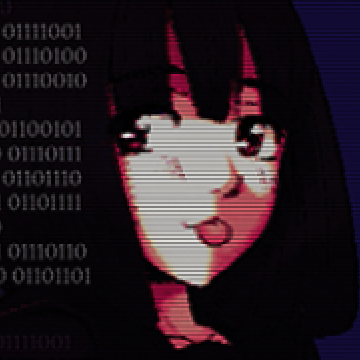
Long time fan of Nintendo and games in general, I always lean on the quirkier and unique sides of things in particular. It all started when I was lucky enough to get a Gameboy Color and Pokemon Yellow for my tenth birthday and it’s been going strong ever since. I’ve always had a need to get my voice heard and share anything I find interesting with the world.


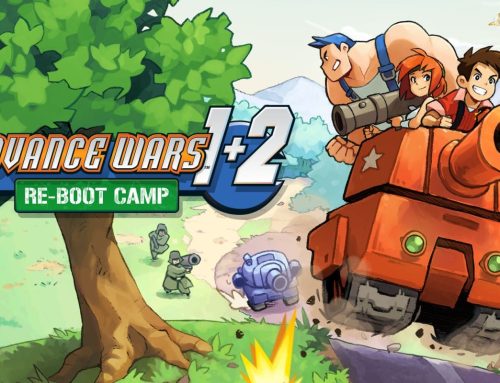
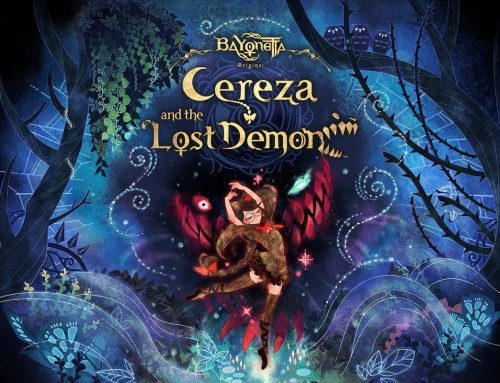
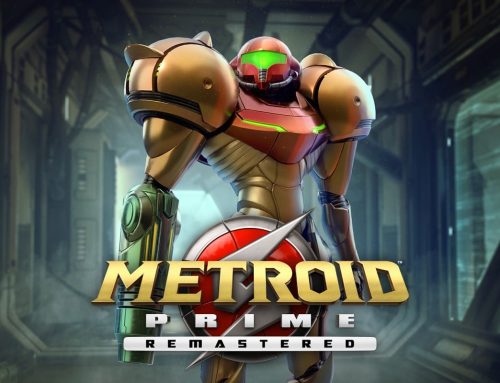
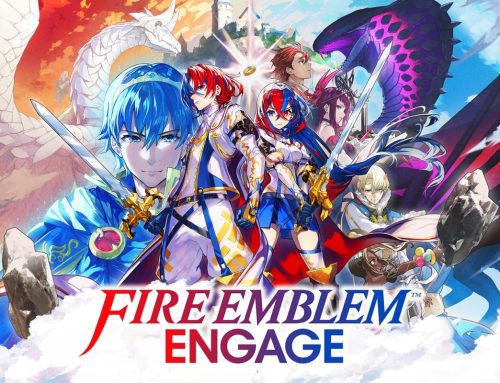
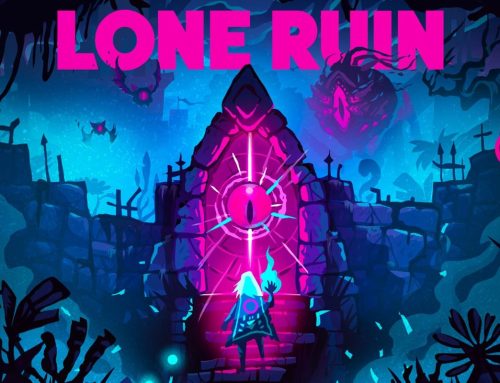
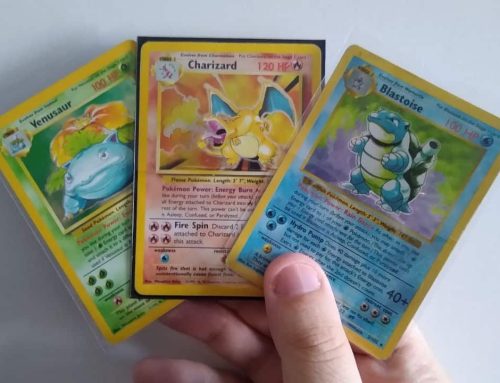
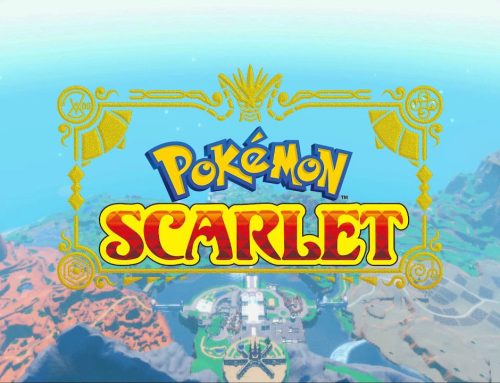
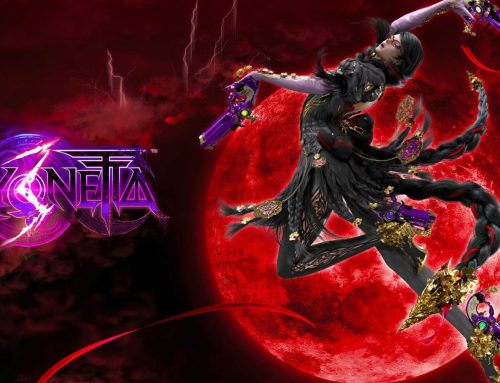
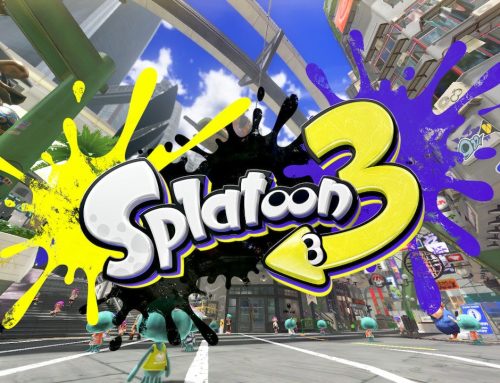

Leave A Comment
You must be logged in to post a comment.